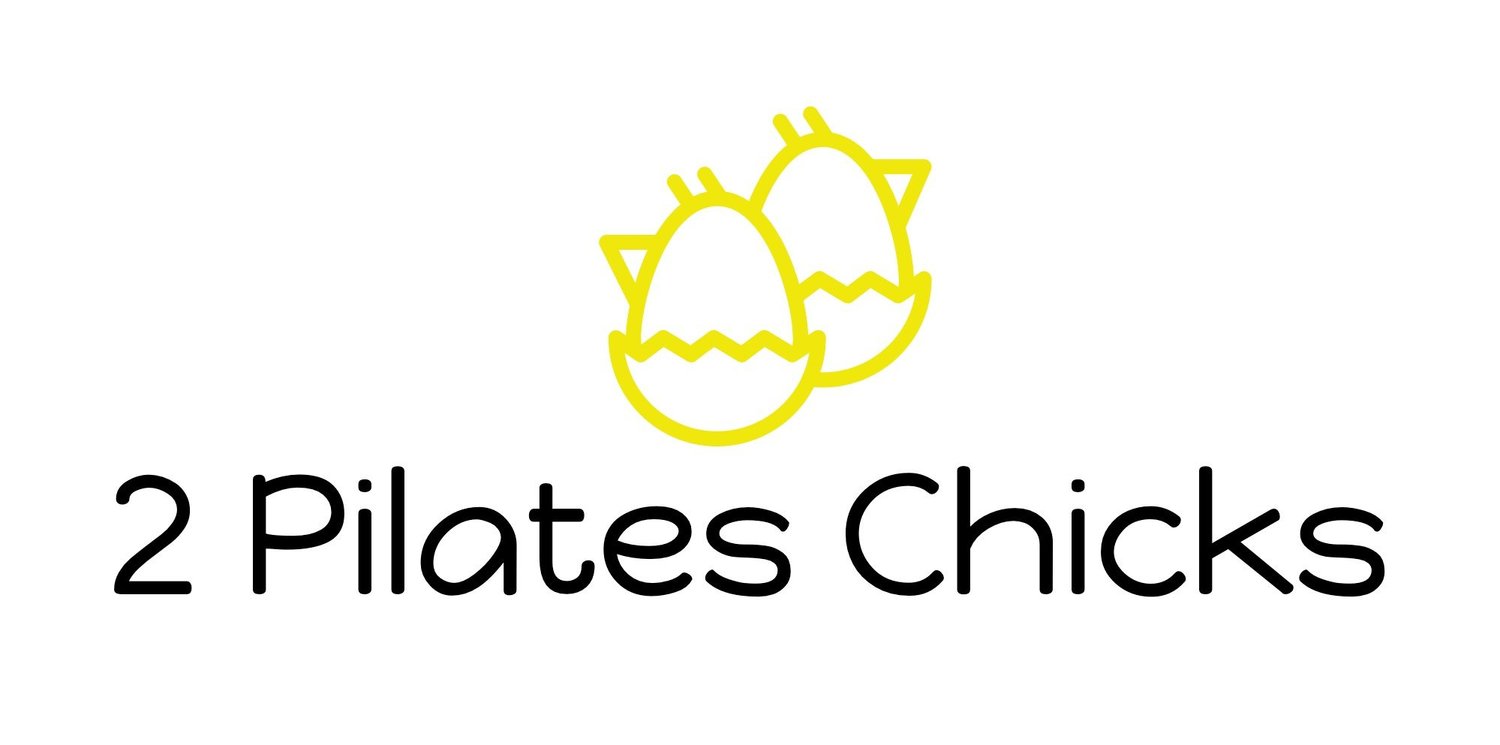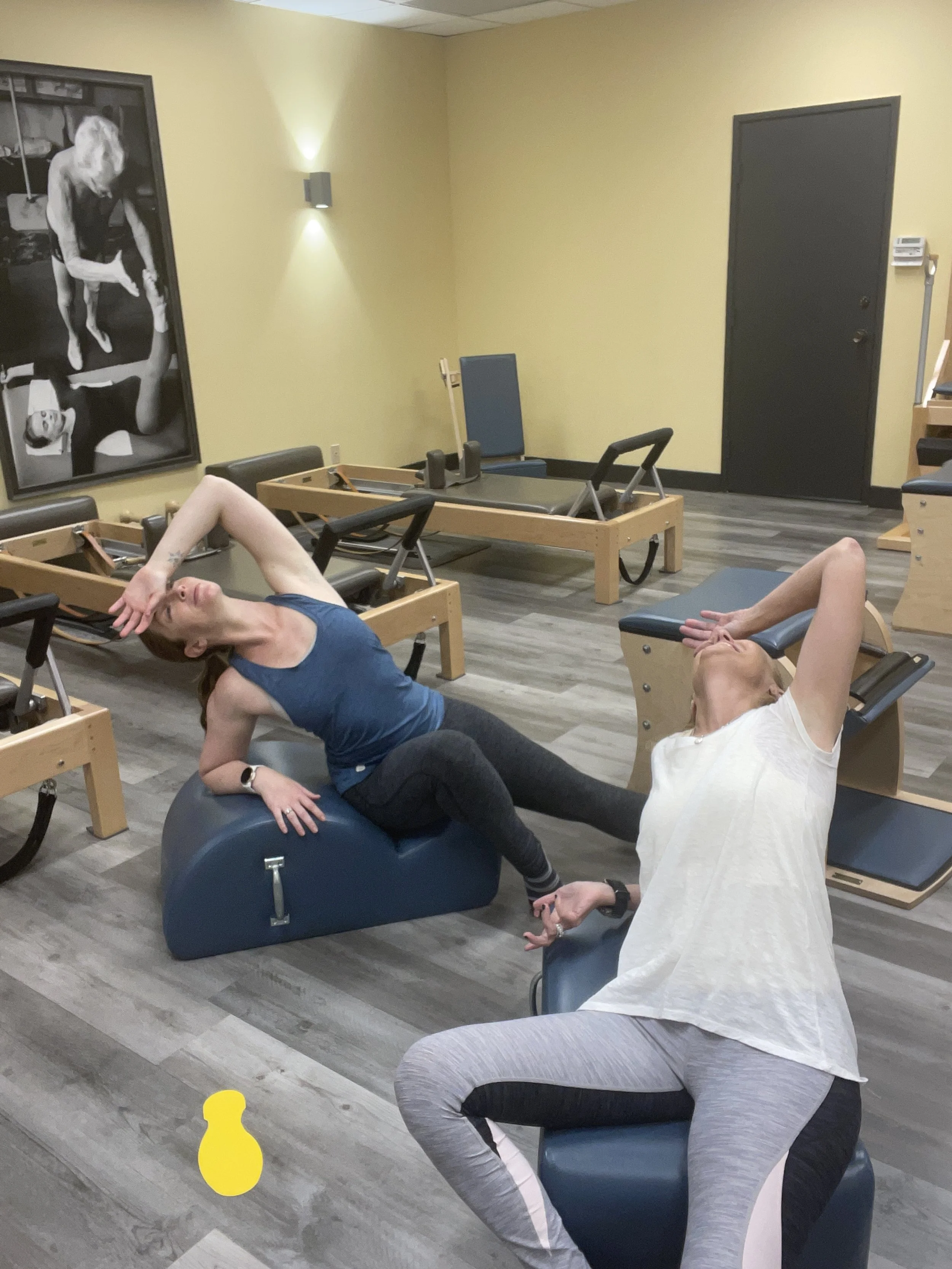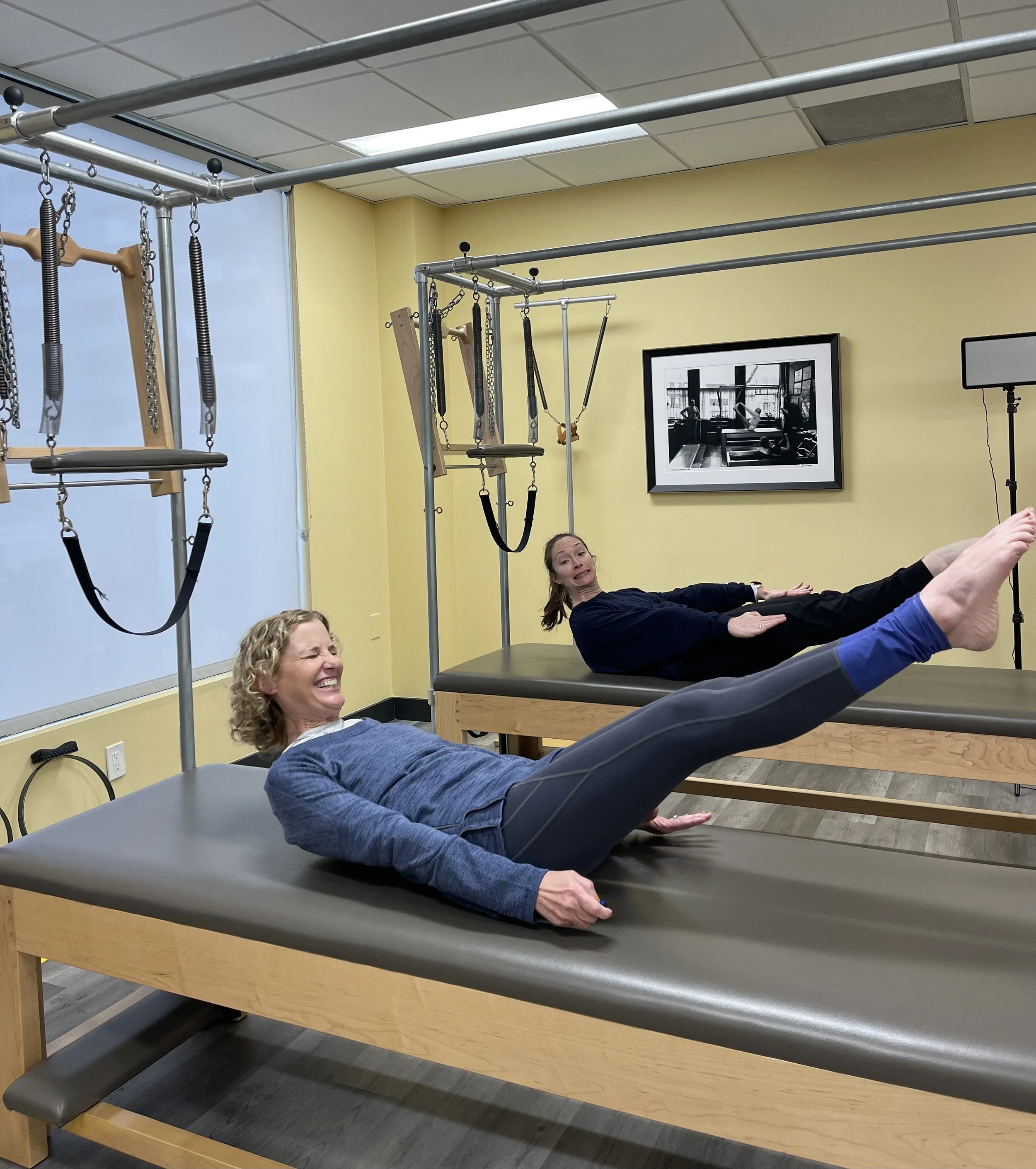Leaping from part time Pilates teacher to full time Pilates teacher
When is the time to make the leap from being a part-time Pilates teacher to full-time?
How do we know when the time is right? How do we know if that is the right path for us?
The question of when to leave a stable, "traditional" job to dive into teaching Pilates full-time is a common dilemma for aspiring teachers. It's a leap of faith that involves overcoming the fear of transitioning from the security of an office job to the uncertainty of building a Pilates career.
In this episode, S4E14, "Making the Leap: Transitioning to Full-Time Teaching," we delve into this topic, recognizing that it's a challenge many teachers and teacher trainees grapple with as they embark on their Pilates journey.
For us, our paths into full-time Pilates teaching were somewhat different than those coming into teaching from a traditional job, given that each of our backgrounds was already in the movement and fitness realm. For us, transitioning from one movement-based career to another was largely about building a new client base and schedule more than getting used to the various aspects of the career. However, any type of career change and the leap from part-time to full-time teaching is daunting.
Starting as a part-time Pilates teacher often means juggling early morning, lunch, after-work, or weekend sessions while holding down a separate job as well. Eventually, there comes a tipping point when one can't take on more clients without sacrificing the other job or experiencing burnout from essentially working two full-time roles.
The thought of leaving behind a stable job with a consistent paycheck, benefits, holidays, and sick days can be intimidating. When making the transition to full-time teaching, that stability disappears for a while. For many teachers, these realities of teaching only become apparent once they're fully immersed in the profession.
Teaching Pilates is far from a structured career path, and the daily schedule can vary significantly from day to day or week to week. There are seasonal shifts as well in scheduling, client load, and income. Client availability can change due to travel, illness, relocation, or many other reasons.
Due to all this uncertainty and constant change, during the shift from part-time to full-time teaching, it's vital to accept clients at any available time in order to build up a schedule and roster of clients. Some days will be bustling with appointments, and the next day could see cancellations, leaving unexpected downtime. Embracing these fluctuations as part of the expected process reduces stress around it. Over time, we learn how to use these fluctuations in our schedules as fun changes, taking advantage of the quieter days, and scheduling our own vacations around the slower seasons.
For people who thrive on predictable, stable routines, teaching Pilates might not align with their expectations. As our schedule is in a constant state of flux, it often takes years to establish a consistent, full-time teaching schedule. Even when we think we've achieved it, unexpected changes in the client base can throw things off for a while once again.
After a teacher has made the leap to full-time teaching, they'll retain clients from the part-time schedule while gradually adding more hours to the workload to meet their financial and professional goals. They must always bear in mind that a schedule is never truly "full." It's always a good idea to keep a list of clients who can be flexible with their session times, as unexpected gaps often arise, and we can reach out to them to fill last-minute sessions.
However, a full-time teaching schedule isn't actually teaching 40 hours a week. We aren't off when we're not with our clients. Even when not teaching we must be attending to clients by answering emails and texts, responding to questions and requests, collaborating with other allied professionals, adjusting schedules, and preparing sessions. Excellent client communication, like prompt responses and accommodating requests, is key to retaining clients and earning referrals.
Depending on the individual's preference some teachers might prefer to be an employee of a fitness business, a renter at a studio, or have their own studio. In any setup, teaching Pilates involves unpaid hours spent on marketing, website management, and financial tasks such as keeping track of clients and payments. That's when we can use those unexpected free times to our advantage, taking the time to answer emails or get ahead of those "unpaid" tasks.
However, even once we're established teachers we might change locations of where we're teaching. The transition to starting over once again in new environments can be frightening as well. Such transitions are common in the teaching journey, as we explore different teaching paths that align with changing career aspirations, goals, and circumstances over time.
Ultimately, there's no definitive answer of when it's the right time to make the leap from a traditional job to teaching Pilates full-time. The decision hinges on personal comfort, career goals, and willingness to adapt to change. While it's normal to feel apprehensive, remember that building a consistent teaching schedule takes time and requires openness to continually evolving circumstances. Embrace the journey, navigate the ups and downs, and seize opportunities as they come. A teaching career is a dynamic path with endless potential for growth and opportunity.






